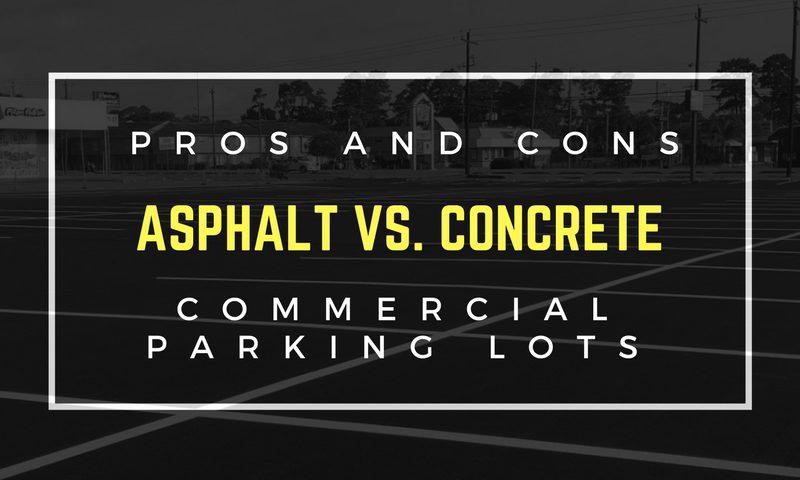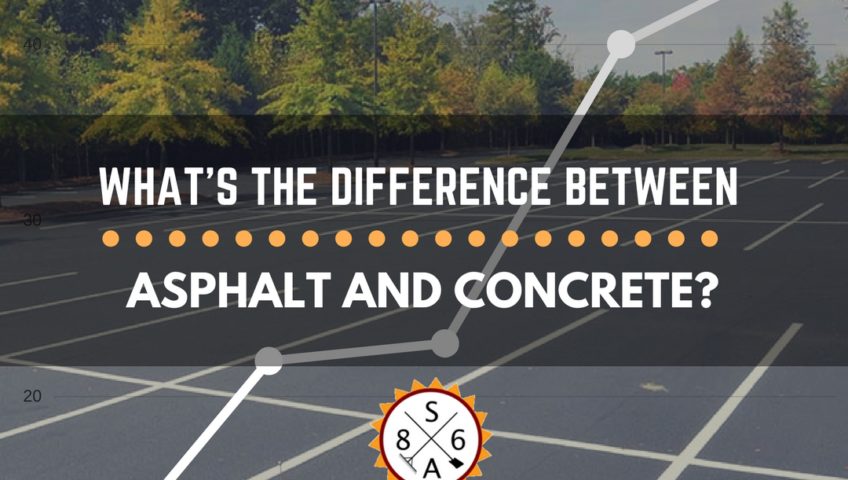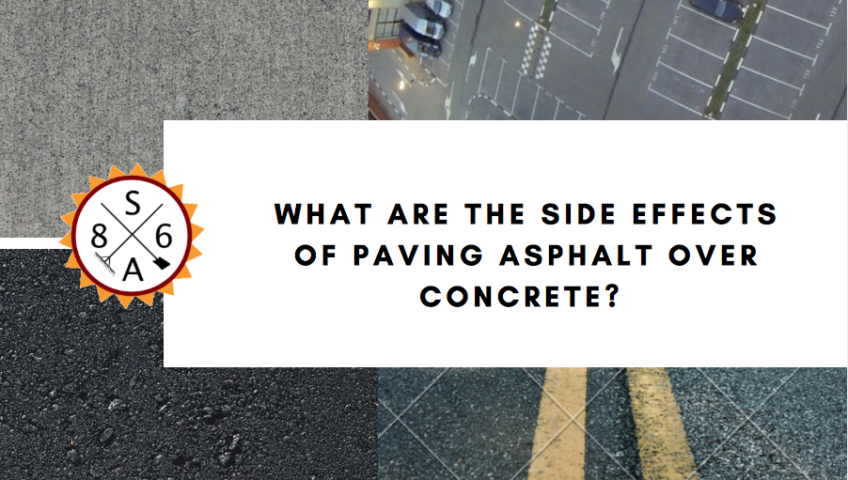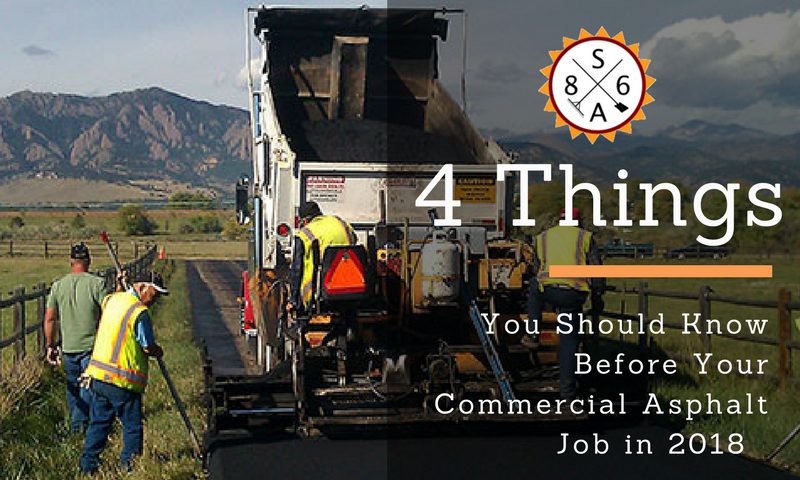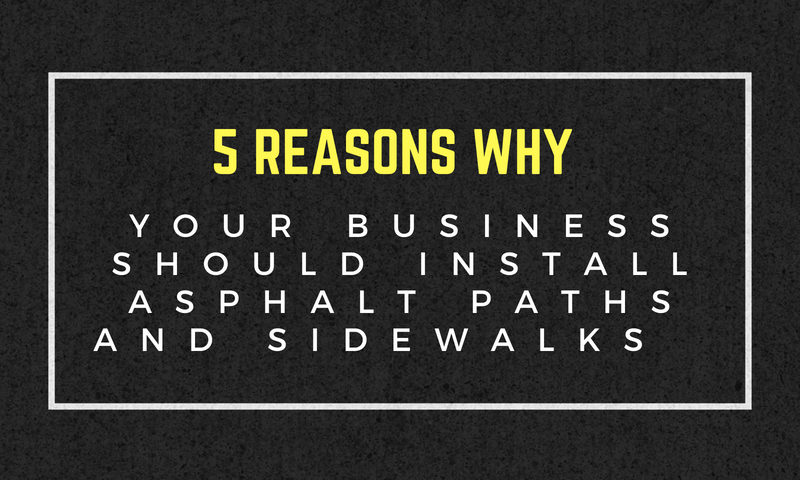
5 Reasons Why Your Business Should Install Asphalt Paths And Sidewalks
In business construction, there are a lot of things to consider. One of them is providing walkable access to the storefront. After all, there are numerous benefits to doing so. Here are 5 reasons why your business should install asphalt paths and sidewalks.
It Increases Security
Security is a vital concern for any business owner. After all, keeping employees and customers safe is important. So is safeguarding your business against a break-in and theft or vandalism. A common security measure for businesses is to use a security camera. However, these aren’t always successful. The low quality of the picture that most commonly-used cameras produce renders the devices ineffective as evidence. Plus, they don’t really deter criminal activity.
On the other hand, pathways in front of a business bring eyes to the street. You can easily see people approaching, so can your neighbors. Knowing they’re being watched is a proven deterrent for would-be criminals. Plus, these features have been shown to instill a sense of community and to decrease littering and speeding.
It Helps the Local Economy
When you add walkable access to your business, it often creates a domino effect with your neighboring businesses following suit. When that happens, your commercial neighborhood becomes more walkable and boosts the number of patrons to your businesses. Studies indicate that pedestrians spend at least 65 percent more than those who drive. Such projects boosted retail sales in Brooklyn 172% and infused more than $1 billion into local Portland, Oregon businesses.
Along with that comes an increase in employment in the area. Researchers found that when a commercial neighborhood was redesigned to be pedestrian-friendly, employment spiked to 300%. It’s a sound investment with businesses installing asphalt pathways or sidewalks received an average return of $11.80 for every $1 they invested in such projects.
It Stimulates Tourism
Tourists enjoy experiencing an area they visit by walking it. When they do so, they more easily visit businesses that are easily accessed by walkways. The benefit is that it creates an impression that will have them coming back and recommending visits to friends and family. Studies show that walkable commercial neighborhoods can increase tourism by as much as 300%. So it makes good sense for businesses to get in on this benefit when they add walkable accessibility to their front doors.
It Stimulates Additional Investment
When municipal governments notice the benefits of having businesses accessible by walkways, they often invest additional improvements to the area, such as parks and seating areas.
They also begin attracting additional private investment in the neighborhood. That’s a really good thing because neighborhoods with walkways have much fewer empty storefronts. A good example of this is New York City’s expansion of walkable space in Union Square, which decreased storefront vacancies by 49%.
It Boosts Property Values
When a neighborhood becomes more walkable and safe, a final benefit is that its property value increases. For home values, that can spike as much as $82 a square foot, which increases the equity of those homes.
For landlords, that often translates to being able to charge $300 per month more for rent. With that comes renters better able to afford to pay higher rent.
In business construction, there are a lot of things to consider. One of them is providing walkable access to the storefront. After all, there are numerous benefits to doing so. Here are 5 reasons why your business should install asphalt paths and sidewalks.
It Increases Security
Security is a vital concern for any business owner. After all, keeping employees and customers safe is important. So is safeguarding your business against a break-in and theft or vandalism. A common security measure for businesses is to use a security camera. However, these aren’t always successful. The low quality of the picture that most commonly-used cameras produce renders the devices ineffective as evidence. Plus, they don’t really deter criminal activity.
On the other hand, pathways in front of a business bring eyes to the street. You can easily see people approaching, so can your neighbors. Knowing they’re being watched is a proven deterrent for would-be criminals. Plus, these features have been shown to instill a sense of community and to decrease littering and speeding.
It Helps the Local Economy
When you add walkable access to your business, it often creates a domino effect with your neighboring businesses following suit. When that happens, your commercial neighborhood becomes more walkable and boosts the number of patrons to your businesses. Studies indicate that pedestrians spend at least 65 percent more than those who drive. Such projects boosted retail sales in Brooklyn 172% and infused more than $1 billion into local Portland, Oregon businesses.
Along with that comes an increase in employment in the area. Researchers found that when a commercial neighborhood was redesigned to be pedestrian-friendly, employment spiked to 300%. It’s a sound investment with businesses installing asphalt pathways or sidewalks received an average return of $11.80 for every $1 they invested in such projects.
It Stimulates Tourism
Tourists enjoy experiencing an area they visit by walking it. When they do so, they more easily visit businesses that are easily accessed by walkways. The benefit is that it creates an impression that will have them coming back and recommending visits to friends and family. Studies show that walkable commercial neighborhoods can increase tourism by as much as 300%. So it makes good sense for businesses to get in on this benefit when they add walkable accessibility to their front doors.
It Stimulates Additional Investment
When municipal governments notice the benefits of having businesses accessible by walkways, they often invest additional improvements to the area, such as parks and seating areas.
They also begin attracting additional private investment in the neighborhood. That’s a really good thing because neighborhoods with walkways have much fewer empty storefronts. A good example of this is New York City’s expansion of walkable space in Union Square, which decreased storefront vacancies by 49%.
It Boosts Property Values
When a neighborhood becomes more walkable and safe, a final benefit is that its property value increases. For home values, that can spike as much as $82 a square foot, which increases the equity of those homes.
For landlords, that often translates to being able to charge $300 per month more for rent. With that comes renters better able to afford to pay higher rent.

